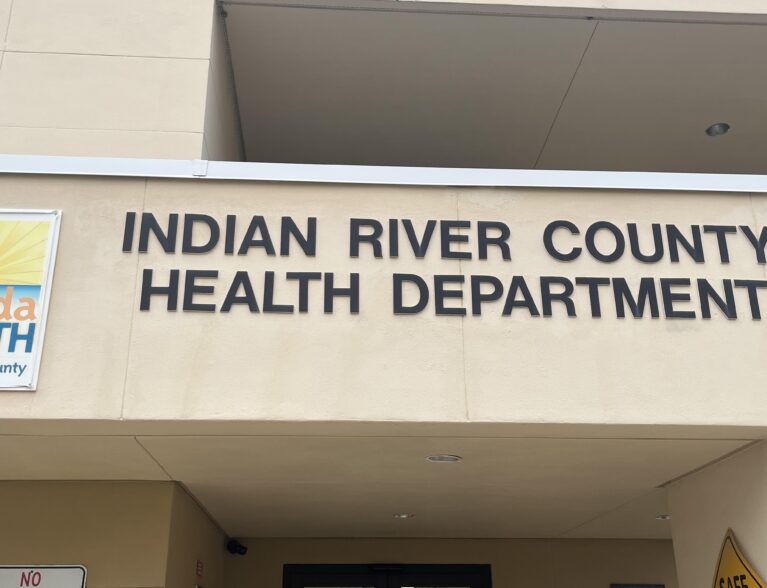
INDIAN RIVER COUNTY — Boaters, swimmers, fishers and others at Stick Marsh North will need to briefly put their water-related activities on hold. The reason – officials have found harmful algae that could possibly make you and your pets sick.
State officials recently detected the presence of toxic blue-green algae within the water, leading local authorities to issue a public alert.
The Florida Department of Health in Indian River County issued the alert on Thursday. The notice came after the Florida Department of Environmental Protection collected a sample July 12 from an algae bloom at the Stick Marsh, located in northwestern Indian River County.
Some blue-green algae blooms – found in saltwater, freshwater and brackish water – release toxins that make ecosystems, animals and people sick, according to health officials.
Health officials advised residents and visitors to take the following precautions:
- Do not drink, swim, wade, use personal watercraft, water ski or boat in waters where there is a visible bloom.
- Wash your skin and clothing with soap and water if you have contact with algae or discolored or smelly water.
- Keep pets away from the area. Waters where there are algae blooms are not safe for animals. Pets and livestock should have a different source of water when algae blooms are present.
- Do not cook or clean dishes with water contaminated by algae blooms. Boiling the water will not eliminate the toxins.
- Eating fillets from healthy fish caught in freshwater lakes experiencing blooms is safe. Rinse fish fillets with tap or bottled water, throw out the guts and cook fish well.
- Do not eat shellfish in waters with algae blooms.
Blue-green algae, a type of bacteria, release toxins in the air that mix with water droplets and spray. This can cause people and animals to potentially inhale the toxins, health officials said.
“Though contact with the algae may cause skin irritation, these toxins cannot pass through your skin easily, so swallowing large amounts of contaminated water is what can typically cause illness,” health officials said. “This algae is blue, bright green, brown or red and can have a strong odor like rotting plants. Pets can become sick from blue-green algae so keep them out of those areas and away from contaminated marine animals and fish.”
People exposed to the blue-green algae blooms can experience symptoms such as rashes, stomach cramps, nausea, diarrhea and vomiting, health officials said.
The blue-green algae blooms happen when fast-growing algae causes the buildup of individual cells that discolor water and create smelly, floating mats. Sunny days, warm water temperatures, still water conditions and surplus nutrients are a few factors that contribute to the blooms.
The blooms can occur anytime of the year, but are more common in the summer and fall, health officials said. Those who wish to report a bloom can visit the Florida Department of Environmental Protection website.
Anyone who thinks they might be sick after coming into contact with blue-green algae should visit their doctor or contact the Florida Poison Information Center at 1-800-222-1222. More information on algae blooms can be found on the health department’s website.






